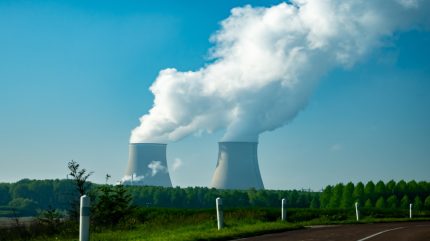
Indonesia is planning to construct nuclear power plants with a capacity of 4.3GW as part of its strategy for cleaner energy and to reduce fossil fuel dependence.
The country’s current installed power capacity exceeds 90GW, with more than half derived from coal and less than 15% from renewables, as reported by Reuters.
It is earthquake-prone and has therefore had no nuclear capacity up to now.
Hashim Djojohadikusumo, an adviser to President Prabowo Subianto, announced at a sustainability forum that Indonesia also intends to develop floating small modular reactors but did not specify the timeline or quantity.
Another official had previously indicated plans to operate nuclear plants by 2036.
Djojohadikusumo stated: “This is all an answer to the challenges posed by climate change.”
Nuclear power stations produce toxic waste, leading some governments and campaigners to argue against classifying atomic energy as green.
During his address, Djojohadikusumo criticised the G7’s Just Energy Transition Partnership (JETP), launched in 2022, which promised Indonesia $20bn to reduce emissions.
He noted that disbursements have been minimal, stating: “JETP is a failed programme.”
Djojohadikusumo mentioned that Prabowo’s government would not close all coal power plants by 2040 but would cease building new ones.
Indonesia is the largest exporter of thermal coal, and coal power generation is a significant source of the country’s emissions.
Indonesia recently unveiled plans to increase its power capacity by 71GW up to 2034, with a substantial focus on private investment.
The government, in collaboration with PT Perusahaan Listrik Negara (PLN – the government-owned corporation which has a monopoly on electric power distribution in Indonesia) will prioritise the development of transmission lines to support renewable energy generation.
This strategy is part of PLN’s 2025 to 2034 power supply plan, which includes 48,000km of circuit transmission lines, equivalent to 8,000km in a straight line.
These lines will support 60% of the new power plants to be developed by the private sector.


